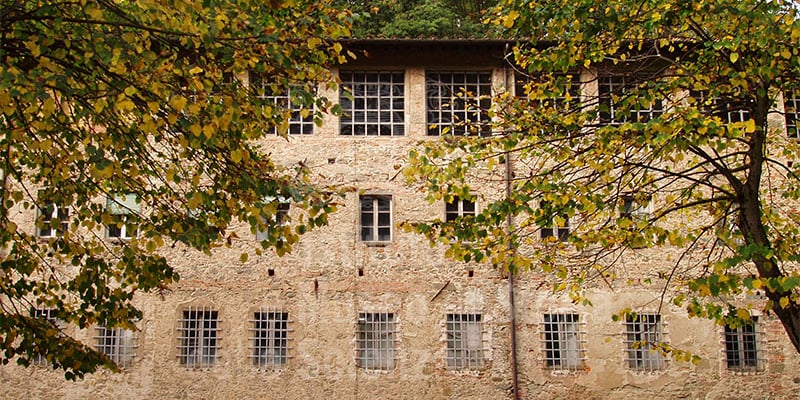
September 11 2017
The art of papermaking in Pescia
The beginning of the seventeenth century was a difficult time for Tuscan and Italian paper mills in general, which faced structural problems such as obsolete technology, lack of capital and an inability to compete in the market. This was why the General Paper Contract was founded, first as a voluntary agreement accepted by the owners of the paper mills and then imposed on them from above. The Contract controlled the production and trade of all paper in Tuscany. Individual factories received the raw materials and precise orders for the types of paper to be produced, prices were rigidly fixed and there was no room for the papermakers to take their own commercial decisions.
The Ligurian Ansaldi family, involved in paper production for more than two centuries, first appeared in the Pescia area in 1650. The Ansaldi did not always follow the rules of the Contract, which was in time given over to private management, but their influence was remarkable. Thanks to the installation of the best equipment in existing paper mills and the construction of new factories at the beginning of the eighteenth century, products from Pescia were in demand abroad as well as at home.
With the end of the Contract in 1749, Pescia’s paper mills began to achieve their productive potential but the return to the free market had a negative impact on quality. Lacking a long-term perspective, the paper mills did not concentrate on the quality of their products but contented themselves with making easy sales. In due course, however, the mill owners recognized the need to perfect the papermaking art, and began to invest in better-quality rags, pulp refining and the use of superior by-products from leather processing for the glue.
Progress soon followed: over a period of 30 years, the number of paper mills in the Pescia area increased from five to more than twenty, reaching the highest concentration of factories in the whole country together with Villa Basilica. At the end of the eighteenth century, the scale of the industry had already reached the size it would maintain until the period of the Unification of Italy (1860s).
This phase coincided with the arrival in the Pescia area of the Magnani family, who invested heavily in renting, purchasing, renovating and constructing paper mills. Their entrepreneurial initiatives included the production of paper with a watermark showing portraits of Napoleon and Marie Louise of Austria which the French institutions authorized for general production.
Photo: a former paper mill.
Credits: www.oltrepistoia.it